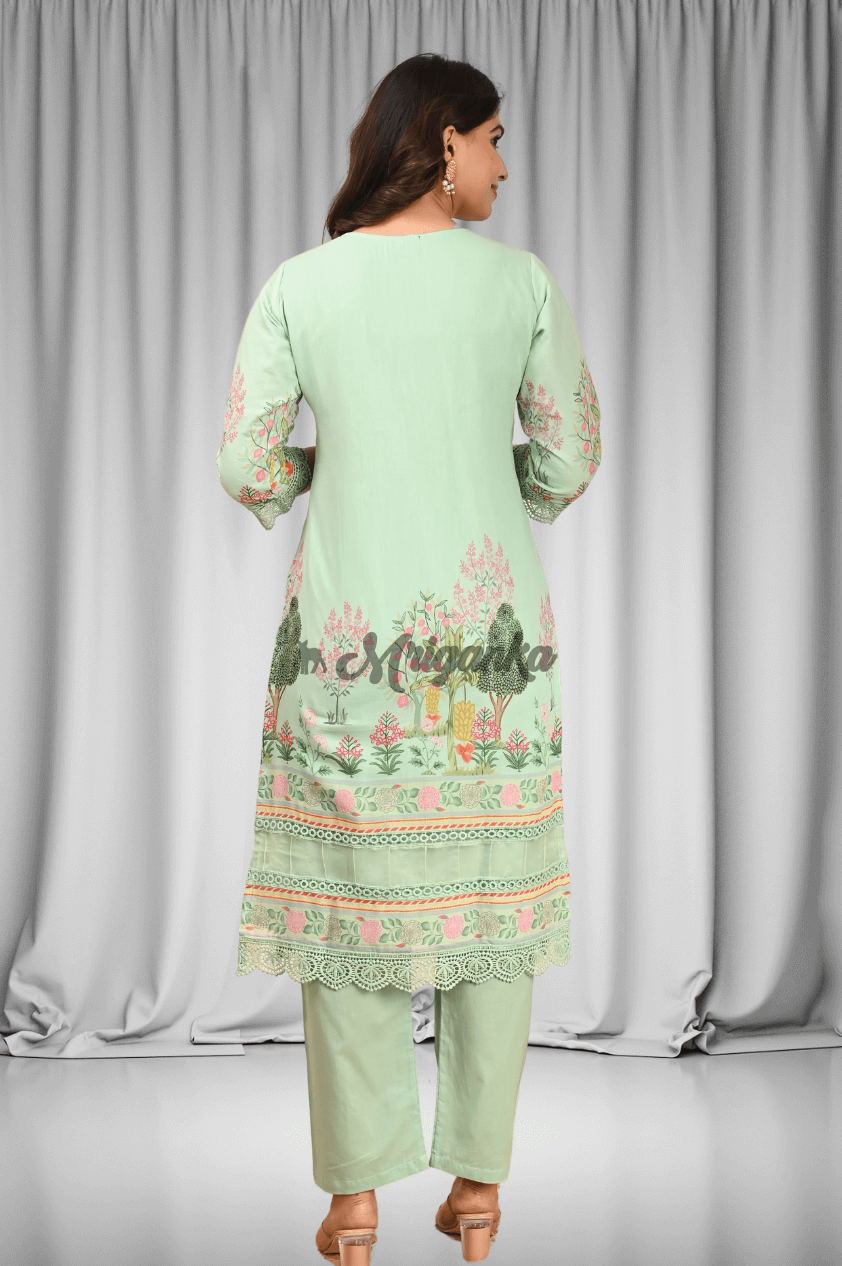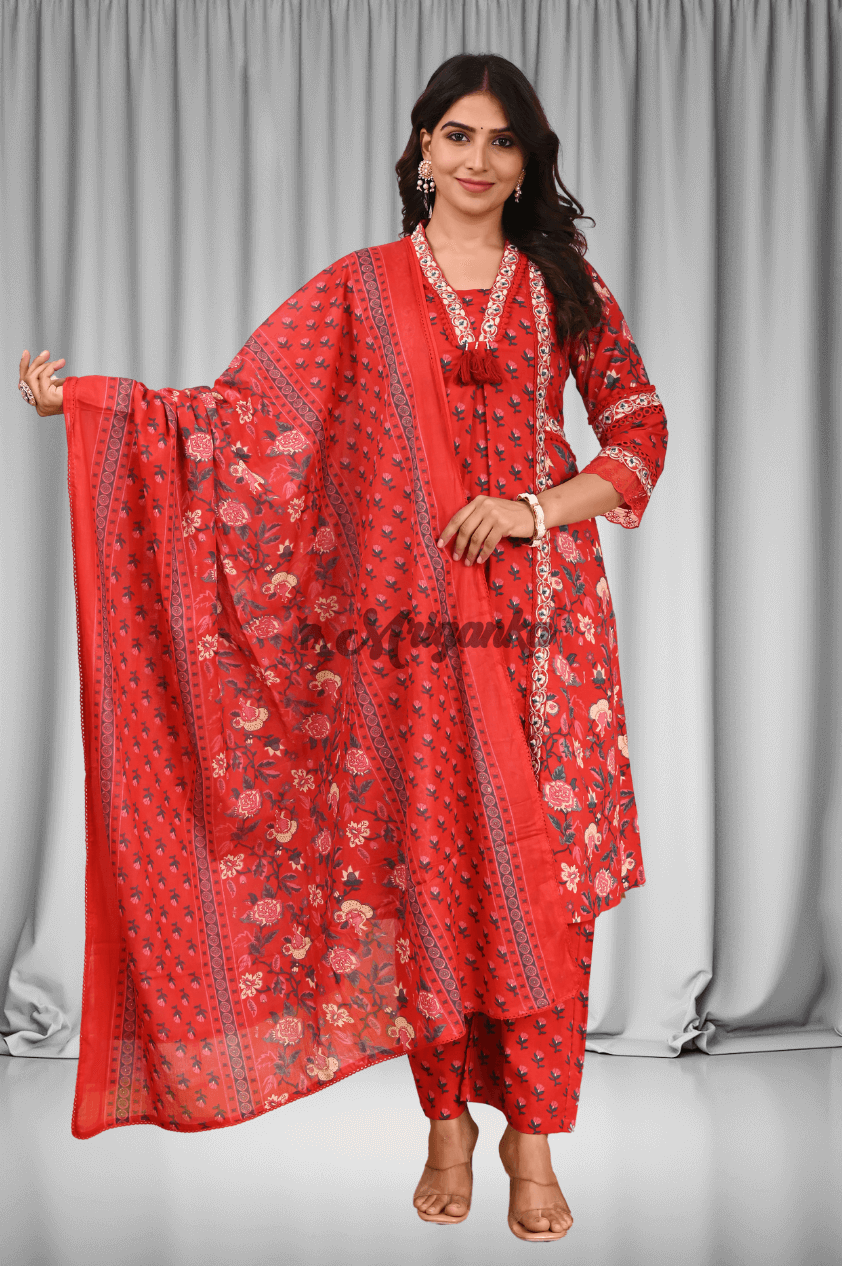The History and Evolution of the Saree
The History and Evolution of the Saree
The saree is one of the oldest known forms of attire that is still in existence today. It has a rich history that dates back thousands of years and has evolved over time to become a symbol of Indian culture and tradition. Let's delve into the fascinating history and evolution of this timeless garment.
Origins of the Saree
The origins of the saree can be traced back to the Indus Valley Civilization, which existed around 2800-1800 BC. The sculptures and paintings found at archaeological sites from this era depict women wearing garments that resemble the saree. This indicates that the saree has been a part of Indian culture for millennia.
Cultural Significance of the Saree
The saree holds a special place in Indian culture and is considered as a symbol of grace, tradition, and femininity. It is worn by women of all ages and is donned on various occasions such as weddings, festivals, religious ceremonies, and even daily wear. The saree is not just a piece of clothing; it is a reflection of a woman's personality, taste, and heritage.
Saree Craftsmanship
The craftsmanship involved in making a saree is truly remarkable. From handloom weaves to intricate embroidery and embellishments, each saree is a work of art. Indian textiles such as silk, cotton, chiffon, georgette, and more are used to create sarees of different textures, colors, and designs. The handcrafted sarees are especially treasured for their attention to detail and quality.
Evolution of the Saree
Over the years, the saree has undergone various transformations in terms of design, fabric, and draping styles. Historically, the saree was a simple garment draped in a particular way. However, with time, new draping styles emerged, giving rise to regional variations in the way the saree is worn.
Modern saree designers have also contributed to the evolution of the saree by incorporating contemporary elements into traditional designs. From fusion sarees that blend Indian and Western aesthetics to designer sarees with innovative cuts and silhouettes, the saree has adapted to the changing fashion trends while retaining its timeless appeal.
Traditional Indian Attire
The saree is synonymous with Indian tradition and has been a part of the country's cultural heritage for centuries. It is not just a garment but a representation of India's rich history, diversity, and artistic heritage. The saree encapsulates the essence of Indian craftsmanship, creativity, and cultural identity.
Saree Design and Draping Styles
One of the most intriguing aspects of the saree is its versatility in terms of design and draping styles. Each region in India has its own unique way of draping the saree, giving rise to distinct styles such as Nivi, Bengali, Gujarati, Maharashtrian, and many more. Different draping styles not only enhance the beauty of the saree but also reflect the cultural heritage of the region.
Moreover, the design of the saree has evolved over time to include a wide range of motifs, patterns, and prints. From traditional motifs like paisleys, floral designs, and geometric patterns to modern digital prints and abstract art, sarees come in a myriad of designs to cater to different tastes and preferences.
Indian Cultural Identity
The saree plays a significant role in defining the cultural identity of India. It is a symbol of the country's rich heritage and tradition, representing the diversity and unity of its people. The saree transcends regional boundaries and is worn by women across India, irrespective of their caste, religion, or social status.
Saree Fabric Types and Motifs
Indian sarees are crafted from a variety of fabrics, with each fabric lending a unique character to the saree. Silk sarees such as Banarasi, Kanjeevaram, and Tussar are known for their opulence and sheen, while cotton sarees like Chanderi, Maheshwari, and Tant are prized for their comfort and breathability.
Furthermore, sarees are often adorned with intricate motifs and embellishments that add to their beauty. Common motifs found in Indian sarees include buta (paisley), peacock, floral patterns, animal motifs, and traditional symbols. These motifs not only enhance the aesthetic appeal of the saree but also hold cultural and symbolic significance.
In conclusion, the saree is more than just a piece of clothing; it is a symbol of India's rich cultural heritage, craftsmanship, and artistic legacy. Its timeless appeal, versatility, and elegance have made it a beloved attire that continues to evolve with the times while staying true to its traditional roots.
Share this post:
















